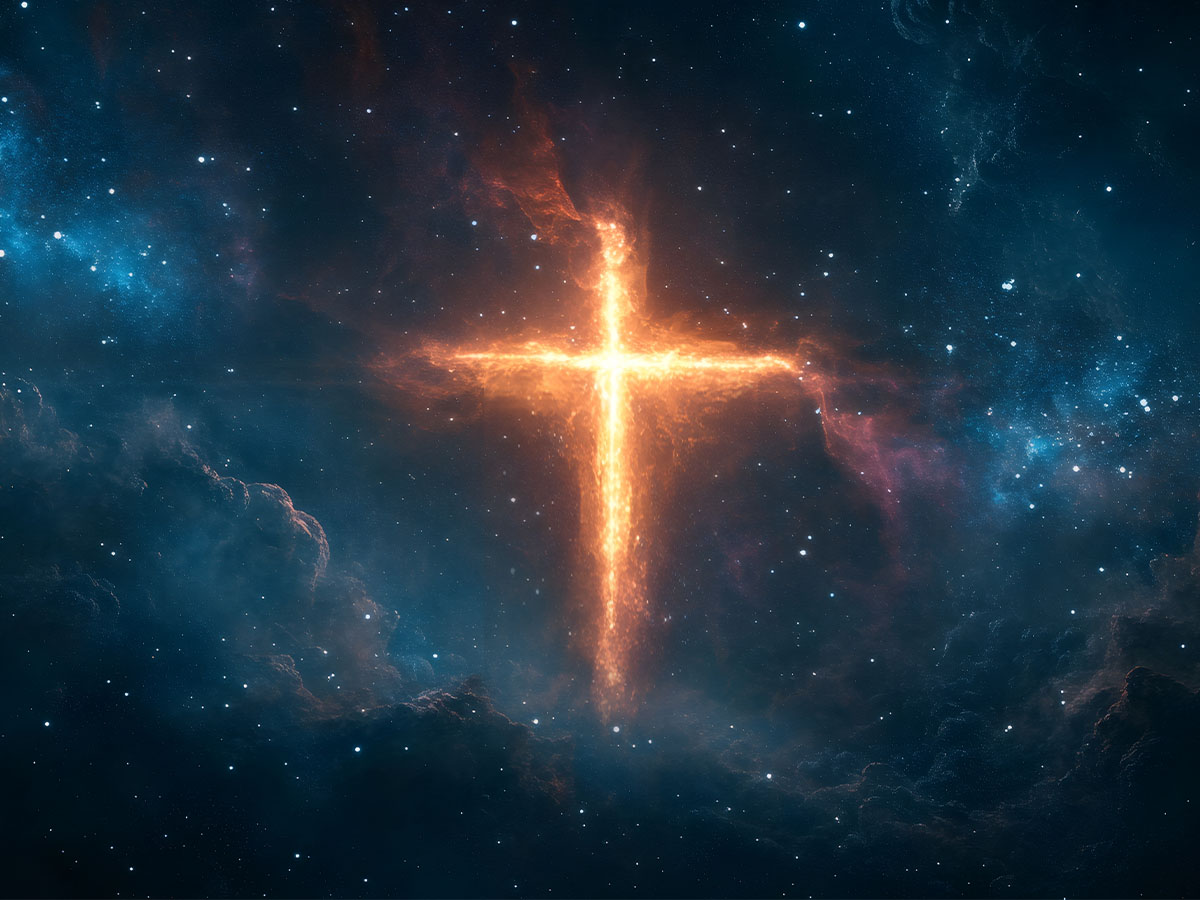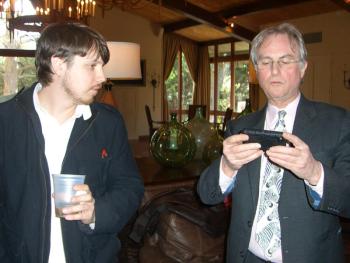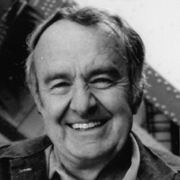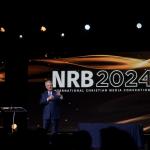
Some people look at the world and see God everywhere. Others see the same world and find no trace of a creator. People on both sides of the debate can hold strong beliefs about the existence of God. So, what reasons might an atheist have to follow a path from atheism to Christianity?
Three former atheists who found God in very different ways are Josh Timonen, a former right-hand man of famed atheist Richard Dawkins; Allan Sandage, a world-renowned astronomer; and Pedro Garcia, a professional musician.
Let’s look at each one’s faith journey.
A Noted Atheist’s Right-hand Man
Josh Timonen was born into a Christian home but walked away from his faith at 17. “There were exciting things that the church didn’t really line up with,” he said, per The Daily Declaration. Australia’s largest Christian news site.

He was attracted to the worldview of Richard Dawkins, a leading atheist, evolutionary biologist and author. When Timonen discovered that Dawkins didn’t have a website, he contacted him about creating one. The two men immediately clicked.
Between 2006 and 2010, Timonen built and managed Dawkins’s website, created documentaries and did other related work. The two men even co-authored a book, The God Delusion.
Eventually, Timonen decided to leave, and Dawkins accused him of embezzlement and sued. The case was dismissed, and Timonen countersued Dawkins for defamation. That case was settled out of court.
Timonen held onto his atheism until recently. The pandemic and the Black Lives Matter riots changed him, according to CNE News.
He explained that he saw “new evil on display around me. But it was the acceptance of the evil from people I was friends with, people I worked with…. I looked around (and thought), ‘Who are these people? I thought we agreed with these guys. I thought we were on this page.’”
He needed to get away.
Timonen and his wife moved to Waco, TX, where they decided to help their young daughter socialize by finding a good church community.
“As atheists not believing in any of this, (we thought) maybe we can steal some of those benefits, those social benefits,” he recalled.
They began attending what Timonen called a “cowboy church” and sending their daughter to Sunday School. Without any intention of converting, he began asking questions and reading the New Testament, according to CNE News.
“Well, that’s something,” he thought when he finished reading it. “But there’s still a lot of crazy stuff in here that I don’t think I buy….” However, when he read Case for Christ by Lee Strobel, he found “significant and undeniable evidence for Jesus’ life.”
Timonen realized he “had to deal with the fact that it was real…. Jesus actually lived. He actually died…. I can’t just push that aside.”
The Faith of a Scientist

Astronomer Allan Sandage’s path from atheism to Christianity was unlike the stories of most atheists who convert. He simply wasn’t like most people.
As a student, Sandage was famed observational cosmologist Edwin Hubble’s graduate assistant. And with Hubble’s death in 1953, he took over his mentor’s work on measuring the universe’s expansion rate.
“In 1958, (Sandage) published the first reliable measurement of the cosmic expansion rate, better known as ‘the Hubble constant,’” said Reasons to Believe, a religious ministry that Sandage later helped launch.
From the 1950s until his death in 2010, Sandage was regarded as the world’s foremost observational cosmologist. He wrote more than 500 peer-reviewed astrophysical papers and books and received numerous awards for his work, including the Crafoord Prize, which is comparable to the Nobel Prize.
Sandage knew he wanted to become an astronomer by age eight, and even as a boy, he leaned toward atheism. And as a young astronomer, he was convinced that science could explain the universe, according to Preaching Today.
His journey from atheism to Christianity unfolded slowly.
The acclaimed astronomer discovered that as a scientist, “the deeper you dig, the more complicated the thing becomes. There are layer upon layer of the intricate gears of a watch; and you keep uncovering layer upon layer and finding more and more connections.”
His conclusion was that the universe wasn’t an accident. Rather, it was designed, and he wanted to understand its Designer. These thoughts led him to religion.
Sandage read the Bible and writings of various great Christian thinkers. He was especially struck by Blaise Pascal’s defense of Christianity, which says you have everything to gain and nothing to lose if you believe in Christ.
“Faith means you have to go all the way, accept Christianity totally or reject it totally,” Sandage realized.
He credited other Christians who also were scientists with helping him with his conversion. Even so, “It was my science that drove me to the conclusion that the world is much more complicated than can be explained by science,” he said. “If there is a God, he must be true both to science and (Christianity.)”
“It is only through the supernatural that I can understand the mystery of existence,” Sandage said.
From Atheist to Christian Apologist
Spanish musician Pedro Garcia was surrounded by Catholic traditions as a child, but in his teens, came to believe the faith was “stupid,” “intellectually dishonest,” and full of “empty rituals,” according to Premier Unbelievable, a Christian media organization.
Although Garcia no longer believed in God, he realized that without God, he had no standard for separating good from evil. “Belief in God has permeated so much of the way we are, whether we want it or not, that rejecting it pushes you to reject so many things about the way we live our lives,” he explained.
Garcia traveled extensively as a professional saxophone player and eventually settled in the U.S., where he met a Christian woman. He was skeptical of her goodness because he thought “there are no true good people in the world.” Yet, he came to believe his views were rooted in the knowledge that he wasn’t a good person, Premier Unbelievable said.
“I recognized there was something wrong with me….” he said. But he also came to realize that the woman “was being 100 percent honest.”
Conversations with the woman’s father, a Bible translator, were a turning point for Garcia. “For the first time, he was having meaningful conversations and receiving substantive answers about Christianity. That’s when he began to think: ‘There’s something in this,’” Premiere Unbelievable said.
When Garcia returned to Spain, he decided to learn more about Christianity and study Western philosophy and various religions’ worldviews.
He “didn’t want to come to belief just because the woman who intrigued him was a Christian. He wanted to come to belief on his own terms.”
Garcia’s studies led him to a surprising conclusion. “Belief in God is one of the most rational things a human being can entertain,” he said. And he began to open his heart to the idea of God’s existence.
When Garcia read Christ’s Sermon on the Mount, he decided, “I would follow anyone that would say these things about the world.”
Garcia finally realized that there is a God who created the Universe and wants a relationship with the human beings he created. However, people moved away from God, decided “to create a world of their own” and began to sin.
“We cannot save ourselves from this madness that we brought into the world,” Garcia realized. “So, God in his mercy decided to become a human being and died for all of us…. (it) demonstrates an incredible amount of love that I still don’t understand.”
Since becoming Christian, Garcia has dedicated his life to helping people know Jesus, “who brings truth, beauty and identity to life.”


